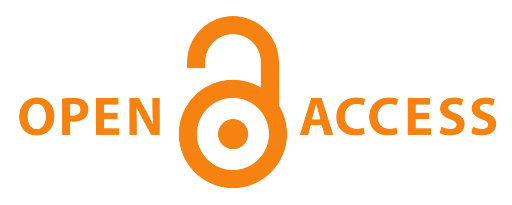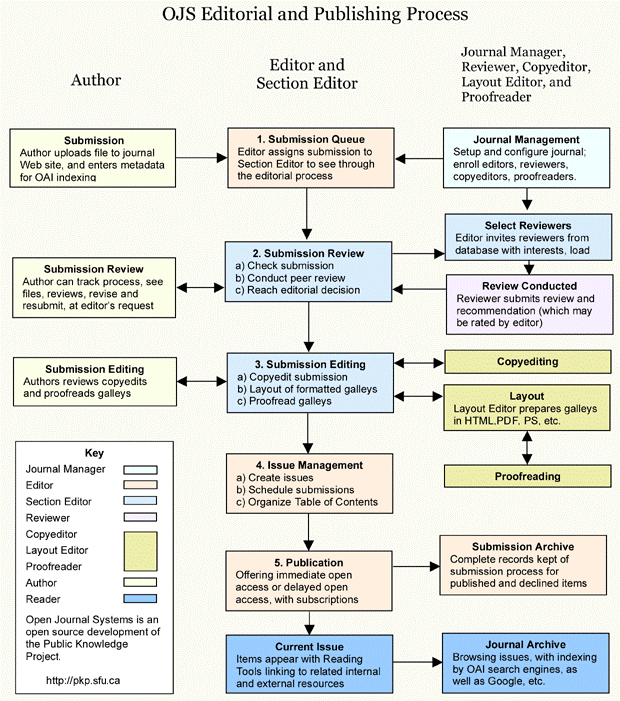
Aims and Scope
Computer Assisted Methods in Engineering and Science (CAMES) is an open access, referred international journal, published quarterly, indexed by Scopus, EBSCO, and DOAJ, providing a scientific exchange forum and an authoritative source of information in the field of computational sciences and related areas of applied engineering. The objective of the journal is to support researchers and practitioners by offering them the means facilitating access to the newest research results reported by leading experts in the field, publication of own contributions, and dissemination of information relevant to the scope of the journal.
Papers published in the journal will fall largely into three main categories:
- Contributions presenting new research methods of mathematical modeling and computer simulations in engineering and applied sciences, including traditional areas such as solid and structural mechanics, material science, fluid dynamics, acoustics and electromagnetics but going beyond them to account for application relevant issues in physics, chemistry, biology and mathematics, scientific computing, large scale optimization, intelligent systems as well as in multi-scale and multi-physics problems.
- Articles describing novel applications of computational techniques supporting engineering practice and education in areas like mechanical, aerospace, civil, naval, software, chemical and architectural engineering, materials science as well as demonstrations of their practical use in solving real life problems.
- State-of-the-art tutorials, providing the readership with a guidance on important research directions as observed in the current world literature on computer assisted methods in engineering and sciences.
The journal will also publish book reviews and information on activities of the European Community on Computational Methods in Applied Sciences (ECCOMAS).
ISSN: 2299-3649 (Print), 2956-5839 (Online)
Section Policies

Peer Review
As peer‐review journal, Computer Assisted Methods in Engineering and Science performs the quality control for submitted manuscripts by review process. Each paper submitted to the journal is subjected to the peer reviewing procedure. The reviewers’ opinion constitutes a basis for the decision of the Editorial Committee to publish (or not) the paper.
The journal submissions are reviewed following with the golden rules and in the peer-review good practice recommended by the European Association of Science Editors (http://media.wiley.com/product_ancillary/94/14051315/DOWNLOAD/app1.pdf).
Open Access Policy
The journal provides immediate open access to its content on the principle that making research freely available to the public supports a greater global exchange of knowledge.
Privacy policy
Ethical Policy
Everyone who participates in the publishing process in Computer Assisted Methods in Engineering and Science (the author(s), the journal editor(s), the reviewers and the publisher) is committed to upholding our journal’s ethical principles. The ethics statements for our journal are based on the Committee on Publication Ethics (COPE) Best Practice Guidelines for Journal Editors.
- The Editor-in-Chief and any member of editorial staff must not disclose any information about a submitted manuscript to anyone besides the corresponding author, reviewers, potential reviewers, other editorial advisers, and the publisher, as appropriate.
- The Editor-in-Chief is responsible for deciding which of the submitted articles should be published. The Editor-in-Chief may confer with other editors or reviewers in making this decision.
Research results
Results of the research are to be presented with the due accuracy. Fabrication, falsification and selective reporting of data with the intent to mislead or deceive are unethical. The results of research should be recorded and maintained to allow for analysis and review. Following publication, the data should be retained for a reasonable period and made available upon request. Exceptions may be appropriate in certain circumstances in order to preserve privacy, to assure patent protection, or for similar reasons.
Authorship
All those who have made a contribution should be given as authors. Articles should include a full list of the current affiliations of all authors, both academic and corporate.
Responsibility of the corresponding author
- It is the corresponding author’s responsibility to ensure that all named authors have approved the submitted version of the article, and all further revisions, agree to its submission and are willing to take appropriate responsibility for it.
- It is the corresponding author’s responsibility to ensure the paper is not under consideration by any other journal at the time of submission.
- It is the corresponding author’s responsibility to ensure the contact details for all co-authors are entered and correct at the time of submission.
Changes in authorship
Any changes to authorship during the publication process must be approved by all authors of the paper, and all authors must confirm to the journal that they give their consent and made a genuine intellectual contribution to the paper. In addition, all the changes in authorship have to be explained to the journal.
Plagiarism
- Authors may not present results obtained by others as if they were their own. Authors should acknowledge the work of others used in their research and cite publications that have influenced the direction and course of their study.
- Reproducing text from other papers without properly crediting the source (i.e., plagiarism) and producing papers with almost the same content by the same authors (i.e., self-plagiarism) is not acceptable.
- Submitting the same results to more than one journal concurrently is unethical.
Duplicate submission
Simultaneous submissions of the same manuscript to different journals are not tolerated. The submitted article will be removed without consideration.
Corrections and retractions
All authors have an obligation to inform and cooperate with journal editors to provide prompt retractions or correction of errors in published works.
When an error is discovered in published or submitted work, the mistake should be admitted and an erratum or retraction will be published. Corrections should be approved by all authors of the original article, unless there is a particular reason why this is not possible. In these cases, any dissent among the authors should be noted in the published correction.
An Erratum, a Retraction, and Expressions of Concern will be published in such a manner, and it will be free to access.
- A text will be provided with an appropriate title (Erratum, Retraction, or Expression of Concern) as well as information to identify the article that it refers to.
- It will be published on a numbered page (both in print and online) and listed in the journal’s table of contents.
- It will cite the original article and link electronically with the original electronic publication wherever possible.
- It will enable the reader to identify and understand why the article is being retracted, or should explain the editor’s concerns about the contents of the article.
- It will be in a form that enables indexing and abstracting services to identify and link to original publications.
Computer Assisted Methods in Engineering and Science will issue retractions if:
- there is clear proof that the results are unreliable, either because of misconduct (e.g., data fabrication) or honest error (e.g., miscalculation or experimental error);
- the outcomes have been published before elsewhere without proper cross-referencing;
- article contains plagiarism or reports unethical research;
Computer Assisted Methods in Engineering and Science will issue errata upon the request of authors if:
- a small portion of an otherwise reliable publication is misleading;
- the author list is not valid (i.e., omitting somebody or including somebody who does not meet authorship criteria).
The new content will be reviewed and subject to the editorial approval considering the impact of the change.
Copyright
Copyright on any open access article in the Computer Assisted Methods in Engineering and Science published by Institute of Fundamental Technological Research Polish Academy of Sciences is retained by the author(s).
Authors grant Institute of Fundamental Technological Research Polish Academy of Sciences a license to publish the article and identify itself as the original publisher.
Authors also grant any user the right to use the article freely as long as its integrity is maintained and its original authors, citation details and publisher are identified.
 The Creative Commons Attribution 4.0 International (CC BY) Licence formalizes these and other terms and conditions of publishing articles.
The Creative Commons Attribution 4.0 International (CC BY) Licence formalizes these and other terms and conditions of publishing articles.All articles (effective from mid-2022, Vol. 29, Iss. 3) published in Computer Assisted Methods in Engineering and Science are licensed under the Creative Commons Attribution 4.0 International (CC BY) Licence, which allows users to distribute, remix, tweak, and build upon your work, provided the original work and source is appropriately cited.
Exceptions to copyright policy
For the articles which were previously published, before July 2022, policies that are different from the above. In all such, access to these articles is free from fees or any other access restrictions.
Permissions for the use of the texts published in that journal may be sought directly from the Editorial Office of CAMES (cames@ippt.pan.pl)
Publication Fees
The publication in Computer Assisted Methods in Engineering and Science is free of charge. Authors are kindly requested to prepare the manuscript with a high diligence (both text and figures).
Journal Metrics
CiteScore 2023: 1.8 (2022: 1.2) | SJR 2023: 0.230 (2022: 0.158) | SNIP 2023: 0.663 (2022: 0.363
Journal History
Computer Assisted Methods in Engineering and Science (formerly Computer Assisted Mechanics and Engineering Sciences, Print ISSN 1232-308X) was founded in 1994 as an international journal. Since 2012 the Journal has been published under the auspice of the European Community on Computational Methods and Applied Sciences – ECCOMAS (http://eccomas.org/).
The Journal provides free internet access to all research papers published from 1994.
About this Publishing System
This journal uses Open Journal Systems 3.0.1.0, which is open source journal management and publishing software developed, supported, and freely distributed by the Public Knowledge Project under the GNU General Public License.




